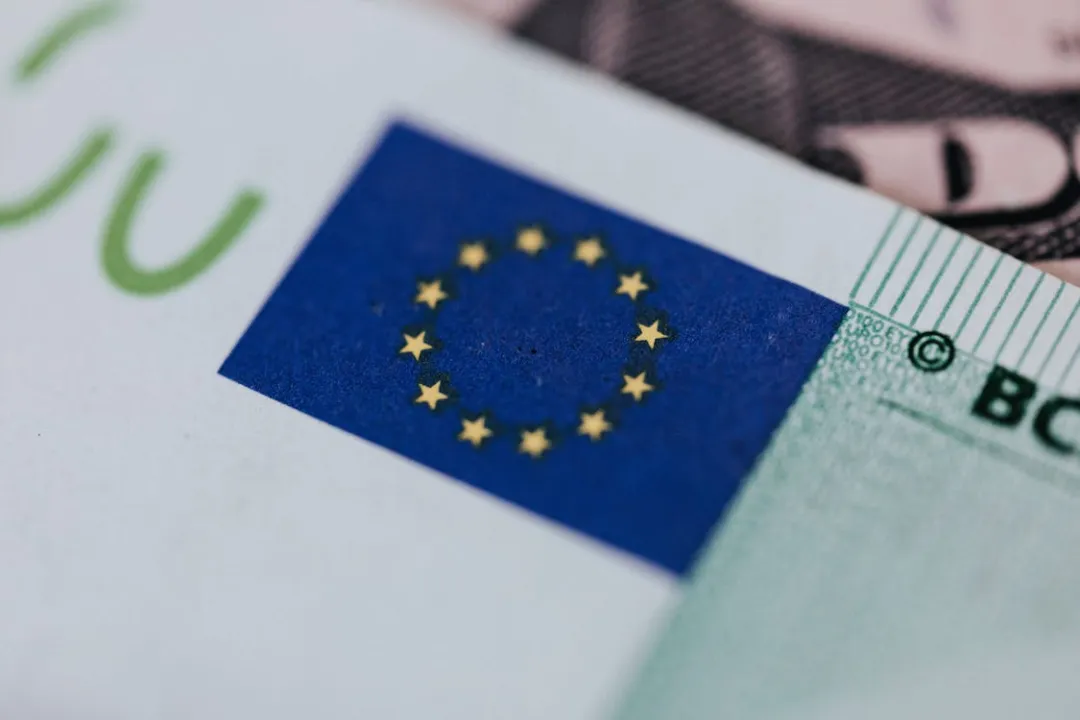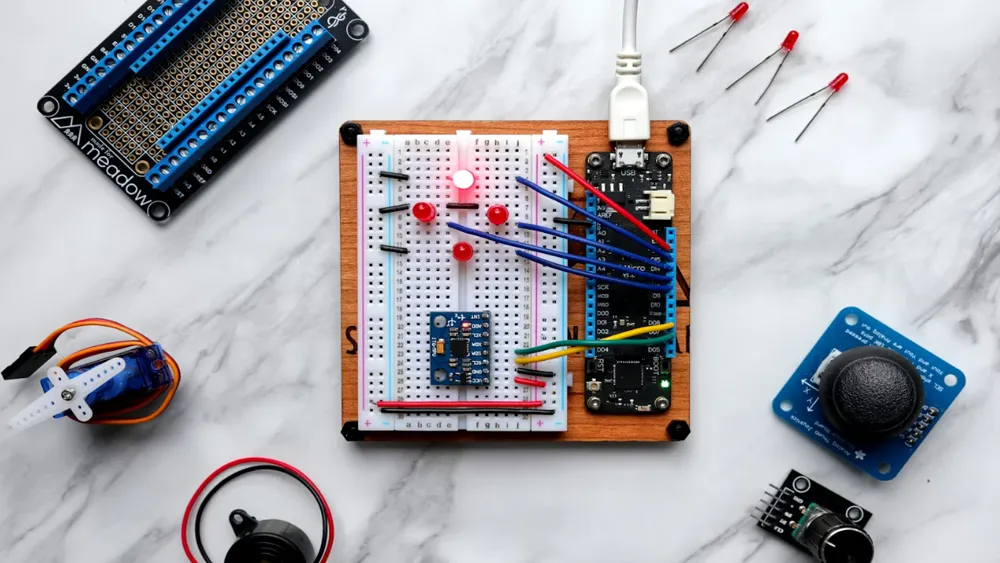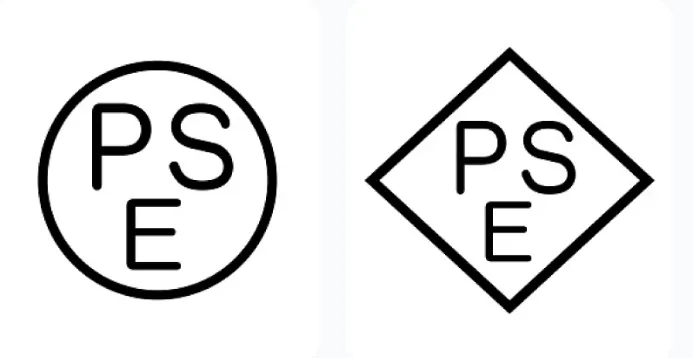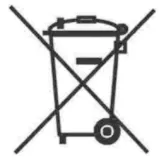
CE Certification Process for Medical Devices
What are the four aspects of CE certification for medical devices?
CE certification is a comprehensive safety assurance system, not merely a matter of passing a laboratory test for a sample.
Because the CE mark is a safety mark, a CE-certified product must ensure compliance with European health, safety, and environmental protection laws in all aspects, from design, production, packaging, and instruction manual writing to transportation, sales, the entire effective lifespan of the product, and even the recycling of the product after use. Therefore, a manufacturer must generally meet the following four requirements to obtain CE certification:

1. Apply the ce label to the product before it is placed on the European market.
2. Keep the technical documentation (Technical Files) available within the EU for inspection by supervisory authorities at any time after the product is placed on the European market.
3. Take remedial measures for products that do not meet CE requirements as found by market supervisory authorities or products with a CE label that encounter accidents during use. (For example, temporarily removing them from the shelves or permanently withdrawing them from the market).
4. Ensure that if EU laws change, the same model of products already labeled with the CE mark must be updated or revised to meet the new legal requirements before further production and sale in the European market.
CE Certification Procedure
1. Confirm the export country.
2. Confirm the product category and relevant EU product directives.
3. Designate an "Authorized Representative" in the EU.
4. Confirm the modULe (Module) requiRED for certification.
5. Decide whether to use the "self-declaration" model or "third-party certification body" model.
6. Establish and maintain technical files (Technical Files).
1. Confirm the Export Country
If exporting to any of the 30 member countries of the European EconoMIC Area (EEA), including the EU and the European Free Trade Association (EFTA), CE certification may be required.
2. Confirm Product Category and Relevant EU Product Directives
If the product belongs to any of the 22 categories listed, CE certification is generally required. If a product falls into more than one category, it must meet the requirements of all corresponding product directives. Note: Some product directives may list exclusions.
3. Designate an "Authorized Representative" in the EU
To ensure compliance with the four requirements mentioned above, EU law requires manufacturers outside the 30 EEA member countries to designate an Authorized Representative within the EU. This ensures product safety during market circulation and use, availability of technical files for inspection, and the ability to take remedial measures if necessary. Products must also be updated or revised in accordance with new EU laws as needed.
4. Confirm the Module Required for Certification
EU product directives typically provide several CE certification (Conformity Assessment Procedures) modules for manufacturers to choose from based on their situation. Generally, CE certification modules can be divided into the following nine basic modules:
1. Module A: Internal production control (self-declaration)
2. Module Aa: Internal production control plus third-party testing
3. Module B: EC type-examination
4. Module C: Conformity to type
5. Module D: Production quality assurance
6. Module E: Product quality assurance
7. Module F: Product verification
8. Module G: Unit verification
9. Module H: Full quality assurance
Different combinations of these basic modules may lead to other various modules. Not all modules are suitable for all products, and manufacturers cannot arbitrarily choose any module for CE certification.
5. Use "Self-Declaration" Model or "Third-Party Certification Body"
For products with minimal risk, the EU product directives allow manufacturers to use the "self-declaration" model (Module A). Higher-risk products must involve a third-party certification body (Notified Body, NB). Manufacturers of higher-risk products must choose modules other than Module A or Module A combined with other modules to achieve CE certification. Typically, at least one EU-recognized certification body (NB) must participate in the certification process, providing sample testing, factory inspections, annual audits, and other quality system reviews, issuing relevant reports and certificates.
6. Establish and Maintain Technical Files
EU law requires that technical files for CE-labeled products must be stored within the EU for supervisory authorities to inspect at any time. If there are changes in the content of the technical files, they must be updated in a timely manner. "Technical files" are a crucial aspect of the EU Medical Devices Directive, requiring companies to prepare sufficient technical documentation and evidence for random checks by authorities or use in litigation. Requirements for "technical files" vary by directive, but for medical devices, they may include:
A. Quality manuals and procedure documents
B. Company profile and authorized representative's contact details
C. CE declaration of conformity (self-declaration), including evidence for devices used in combination with other equipment
1. Product name, classification, and brief description of applicable standards
2. Product overview, including type and intended use
a) Product history
b) Technical specifications
c) List of accessories and components used with the product
d) Illustrations and samples of the product
e) Materials used and suppliers
3. Harmonized standards or other standards used
4. Risk analysis and preventive measures (EN1441 risk analysis report)
5. Production quality control
a) Product data and control documents (including production process flowcharts)
b) Description of sterilization methods and verification
c) Sterilization validation
d) Quality control measures
e) Description of product stability and shelf life
6. Packaging and labeling
a) Packaging material descriptions
b) Labels
c) Instructions for use
7. Technical evaluation
a) Product test reports and related literature
b) Technical summary and authoritative opinions
8. Potential risk evaluation
a) Potential risk test reports and related literature
b) Summary of potential risks and authoritative opinions
9. Clinical evaluation
a) Clinical test reports and related literature
b) Summary of clinical use and authoritative opinions
Appendices:
1. Factory inspection reports
2. Product type inspection reports
3. Basic requirements checklist
Note: Clinical research, including physical performance, biochemical, pharmacological, pharmacokinetic, and toxicity studies, efficacy testing, sterilization validation, and drug compatibility. Biological compatibility tests (EN30993 Part 1): cytotoxicity, sensitization, irritation, acute systemic toxicity, pyrogenicity, subacute toxicity, genotoxicity, implant testing, and hemolysis. Supporting tests: chronic toxicity, carcinogenicity, reproductive/developmental toxicity, biodegradation. Clinical data (including clinical research or descriptions of clinical research). Packaging compliance (EN868). Labels and instructions for use (EN980, EN1041). Conclusion (acceptance of design file data, statement of benefits versus risks). All documents must be written in one of the EU's official languages (English, German, French), but instructions for use must be written in the language of the user's country. All documents should be kept for at least five years after the last shipment.
IVD Product Classification
According to Directive 98/79/EC (IVDD), products are classified based on the diseases they diagnose. The classification of common products can be found in the table below:
Instruments, specimen collection, and preservation tools used with the above diagnostic reagents fall under the scope of the in vitro diagnostic devices directive.
MDD Product Classification
The correct classification of a medical device during the ce certification process cannot be determined by name alone; the intended purpose of the device must be known. For example, different intended uses can result in different classifications.
Differences Between EU and US Medical Device Classifications
The EU and US have significant differences in medical device classifications. The US FDA pre-classifies medical devices based on common characteristics and provides a public database for queries. The EU uses a set of classification rules, allowing manufacturers to classify their products based on intended use.
Different Product Types CE Certification Steps
Class I Medical Device CE Certification Steps
1. Classification: Confirm the product is a Class I medical device.
2. Choose the conformity assessment route: Refer to the flowchart below.
3. Prepare technical files.
4. Complete CE declaration of conformity.
5. Appoint an Authorized Representative in the EU.
6. Register the manufacturer and product with the competent authority in the EU through the Authorized Representative.
7. Establish a post-market surveillance system/apply the CE label and place the product on the market.
Class I Medical Device conformity Assessment Route
1. Manufacturers must ensure their products meet all relevant essential requirements of Directive 93/42/EEC, with a written (self-declaration) statement.
2. Class I medical devices without measurement functions or not sterile do not require third-party Notified Body (NB) involvement. ISO13485:2003 compliance is voluntary.
3. Class I medical devices with measurement functions or sterile must involve a third-party Notified Body (NB).
4. Once the manufacturer believes their product meets all relevant essential requirements of Directive 93/42/EEC, they or their Authorized Representative must register with the competent authority in the EU before applying the CE label and placing the product on the EEA market.
Class IIa Medical Device CE Certification Steps
1. Classification: Confirm the product is a Class IIa medical device.
2. Choose the conformity assessment route: Refer to the flowchart below.
3. Prepare technical files.
4. Appoint an Authorized Representative in the EU.
5. Obtain ce certificate from a third-party Notified Body (NB).
6. Complete CE declaration of conformity.
7. Keep technical files with the Authorized Representative for inspection by EU authorities.
8. Establish a post-market surveillance system/apply the CE label and place the product on the EEA market.
Class IIb Medical Device CE Certification Steps
1. Classification: Confirm the product is a Class IIb medical device.
2. Choose the conformity assessment
route: Refer to the flowchart below.
3. Prepare technical files.
4. Appoint an Authorized Representative in the EU.
5. Obtain CE certificate from a third-party Notified Body (NB).
6. Complete CE declaration of conformity.
7. Keep technical files with the Authorized Representative for inspection by EU authorities.
8. Establish a post-market surveillance system/apply the CE label and place the product on the EEA market.
Class III Medical Device CE Certification Steps
1. Classification: Confirm the product is a Class III medical device.
2. Choose the conformity assessment route: Refer to the flowchart below.
3. Prepare technical files.
4. Appoint an Authorized Representative in the EU.
5. Obtain CE certificate from a third-party Notified Body (NB).
6. Complete CE declaration of conformity.
7. Keep technical files with the Authorized Representative for inspection by EU authorities.
8. Establish a post-market surveillance system/apply the CE label and place the product on the EEA market.
Email:hello@jjrlab.com
Write your message here and send it to us
 What is Amazon TIC and How Can Sellers Achieve Com
What is Amazon TIC and How Can Sellers Achieve Com
 2026 Battery UN38.3 Certification (Test Report) &a
2026 Battery UN38.3 Certification (Test Report) &a
 What is the IEC 62680 Standard? Compliance Interpr
What is the IEC 62680 Standard? Compliance Interpr
 Amazon Japan December Compliance Requirements
Amazon Japan December Compliance Requirements
 How to Check a CPSC-Accepted Laboratory?
How to Check a CPSC-Accepted Laboratory?
 WEEE Registration for Waste Electrical &Electr
WEEE Registration for Waste Electrical &Electr
 MSDS Chemical Safety Testing
MSDS Chemical Safety Testing
 What Are the Differences Between UK REACH and EU R
What Are the Differences Between UK REACH and EU R
Leave us a message
24-hour online customer service at any time to respond, so that you worry!




